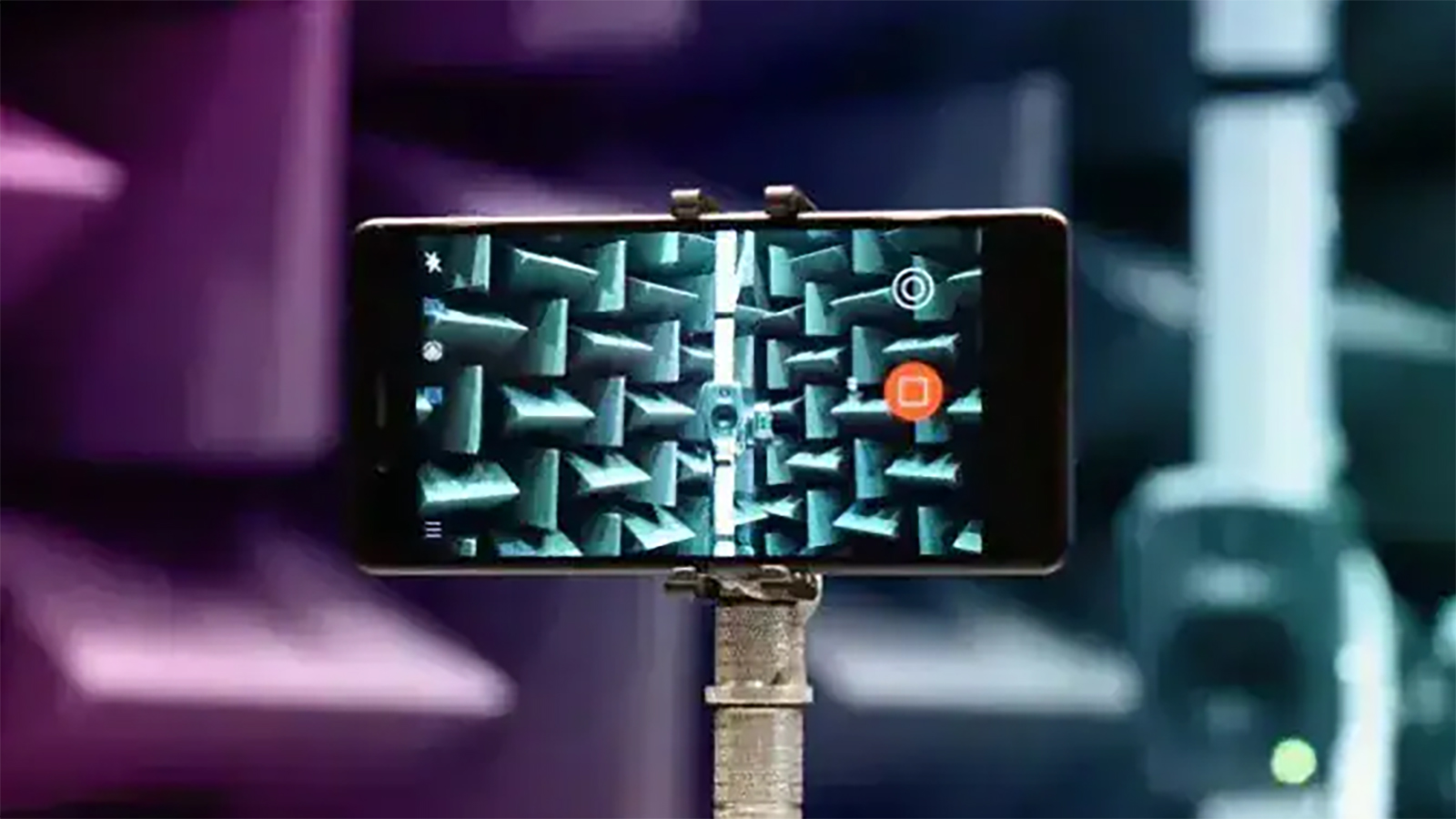Nokia just made the world’s first ‘immersive’ phone call – here’s what that means

Smartphones are increasingly becoming our AI-powered assistants, but their voice call quality has barely changed in years. Well, Nokia wants to fix that – and it's claiming to have made the "world's first immersive voice and audio call" using a new codec.
The phone call was made using a new IVAS (Immersive Voice and Audio Services) codec, which is part of the incoming '5G Advanced' standard. According to Nokia's blog post, the codec creates a "three-dimensional sound experience" that makes chats feel "more lifelike and engaging".
In theory, it should be a big upgrade from today's compressed, monophonic phone calls, which haven't improved a great deal over the years despite the introduction of software-based features such as Voice Isolation.
So, when might the rest of us get this voice calling upgrade? There's a good news and bad news. According to Reuters, the tech only needs a smartphone to have at least two microphones in order to be compatible, and that's the case with most of today's best phones.
Unfortunately, the 5G Advanced standard – expected to be the successor to today's 5G cellular tech – isn't expected to be fully rolled out for a few years, and the IVAS codec isn't yet used by any mobile networks.
Still, this first so-called "immersive" phone call should get the ball rolling on the licensing agreements needed to get make our voice calls a little less muddy-sounding and ready for "enhanced extended reality and metaverse applications" that Nokia says it has its eye on.
Spatial phone calls in the metaverse

Nokia and its 3GPP (3rd Generation Partnership Project) partners, who have co-developed the new IVAS codec, clearly don't envisage it being solely for smartphones and audio calls.
Sign up for breaking news, reviews, opinion, top tech deals, and more.
On the 3GPP site, some of the use cases include "multi-stream teleconferencing, XR conversational services, and user-generated live and pre-produced content streaming", alongside more conversational phone calls. It also sees "corresponding applications in the AR/MR space".
In other words, this is about taking voice calls (and conference calls) into a more spatial, realistic future where it genuinely feels like we're in the presence of other people, rather than talking to them through a compressed format from a bygone age.
It's going to take a few years for the IVAS codec to be licensed and fully adopted by mobile carriers, but by then we should have a more fully developed mixed-reality space thanks to the arrival of more headsets on the lines of the Apple Vision Pro and Samsung XR/VR headset, plus some corresponding apps.
But an improvement to voice call quality on our phones, which can still vary wildly between apps, would certainly be a very nice bonus.
You might also like...

Mark is TechRadar's Senior news editor. Having worked in tech journalism for a ludicrous 17 years, Mark is now attempting to break the world record for the number of camera bags hoarded by one person. He was previously Cameras Editor at both TechRadar and Trusted Reviews, Acting editor on Stuff.tv, as well as Features editor and Reviews editor on Stuff magazine. As a freelancer, he's contributed to titles including The Sunday Times, FourFourTwo and Arena. And in a former life, he also won The Daily Telegraph's Young Sportswriter of the Year. But that was before he discovered the strange joys of getting up at 4am for a photo shoot in London's Square Mile.